Investment Ideas in China
Brief Introduction
Below are the five investment ideas that are being considered by Ferrari Group SRL (Italy).
- Bio Ethanol Production (de-desertification)
- New Bio Ethanol Automotives (manufacturing, assembly plant)
- Algae Cultivation (new energy, pharmaceutical, cosmetic, textile, etc.)
- World-class LF Club, Hotels and Resorts
- Crude Oil Refinery (Kuwait) and Oil Trading
- Luigi Ferrari Hi-Tech Innovation Center (mirrored from Serbia)
(1) Bio Ethanol Production via Elephant Grass Cultivation (De-desertification)

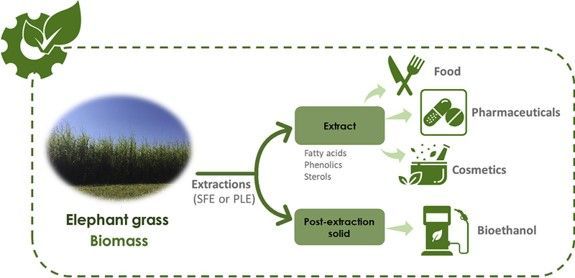
Cultivating elephant grass to produce bio-ethanol fuel in the Gobi Desert
(2) New Bio Ethanol Automotives (manufacturing, assembly plant)
Ferrari Group S.R.L. (Italy) is dedicated to environmental sustainability and the advancement of green energy solutions. In collaboration with its subsidiary in China, Luigi Ferrari Industrial Shanghai Co. Ltd., Ferrari Group SRL is pioneering the development of the world's first bio-ethanol motor cells for all its SUVs. This ambitious R&D initiative involves a multidisciplinary team of engineers from Germany, Shanghai universities, and Slovenia. Additionally, Ferrari Group SRL plans to build manufacturing sites or assembly plants in China, further solidifying its commitment to innovation and sustainability.
A key component of this project is the production of bio-ethanol from the cultivation of elephant grass in the Gobi Desert. This innovative approach not only provides a sustainable energy source for the newly developed SUVs but also contributes to the ecological restoration of the desert area. By integrating cutting-edge technology and sustainable practices, Ferrari Group SRL aims to set a new standard in the automotive industry for environmental responsibility and innovation.
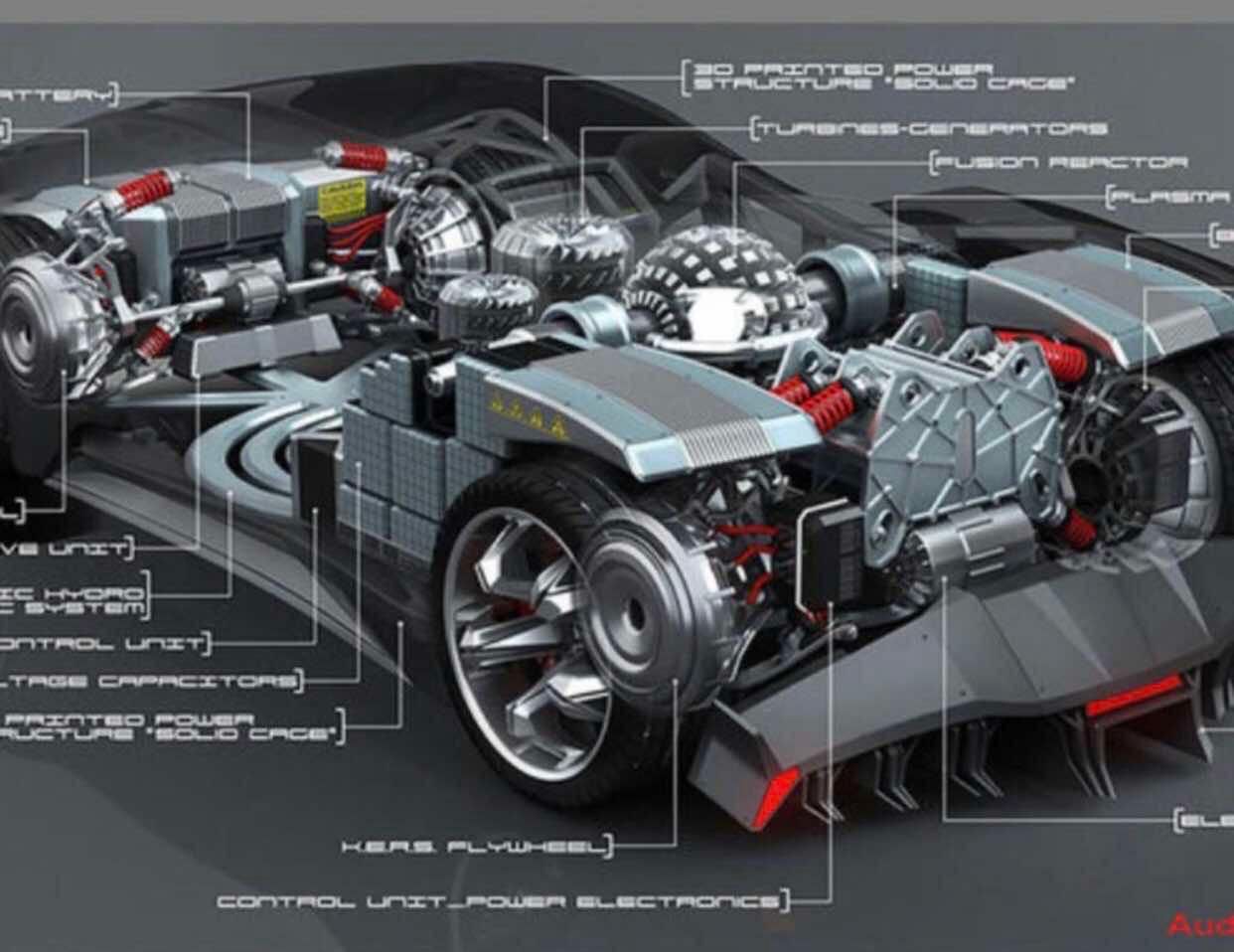
Using bio-ethanol fuel cells to power the Ferrari Group SRL's New SUVs
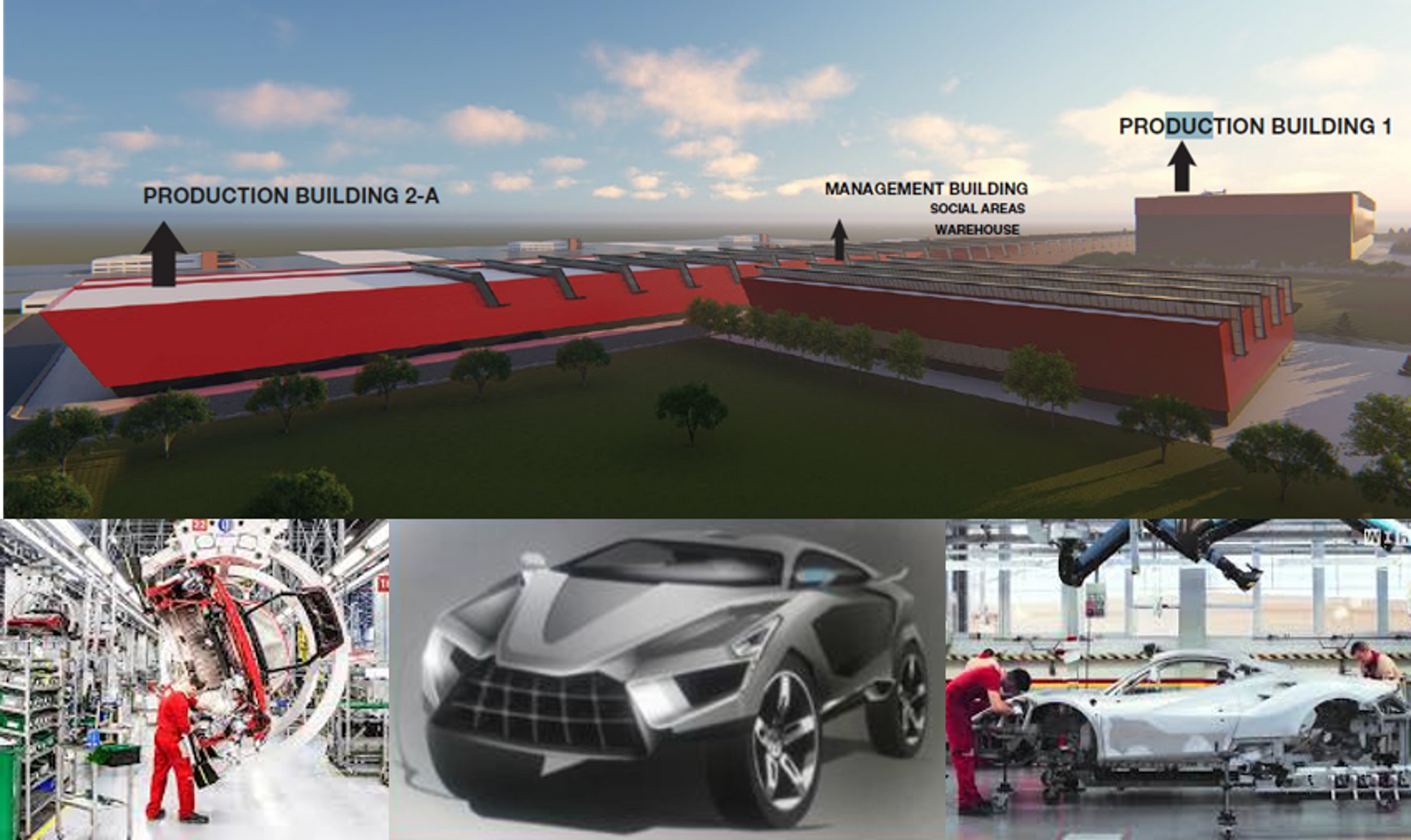
Ferrari Group SRL is dedicated to environmental sustainability, exemplified by their commitment to constructing eco-friendly manufacturing and assembly plants for their SUVs. These facilities are designed to minimize environmental impact through the use of energy-efficient systems and cutting-edge robotics technologies. By integrating advanced automation and green practices, Ferrari Group SRL ensures that their production processes are not only efficient but also aligned with their vision of a sustainable future. This approach underscores their dedication to reducing carbon footprints and promoting environmental responsibility in the automotive industry.
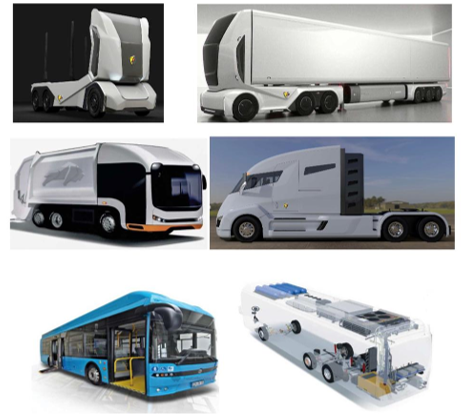
The application of bio-ethanol fuel cells extends beyond SUVs to include public and cargo transportation. With further advancements, these bio-fuel cells have the potential to power planes, agriculture machineries, shipping vessels, and private boats, offering a sustainable alternative to traditional energy sources.
BIO-ETHANOL (BE) Vehicle vs. ELECTRIC Vehicle (EV)
Below are some ways in which bio-ethanol vehicles might be considered better than electric vehicles:
- Greenhouse Gas Emissions: In the short-to-medium term, bio-ethanol vehicles can offer higher greenhouse gas (GHG) reduction potential compared to electric vehicles.
- Fuel Flexibility: Bio-ethanol vehicles, especially those designed as flex-fuel vehicles, can run on a variety of fuel mixtures, providing greater flexibility and convenience. This adaptability can be particularly beneficial in regions where the infrastructure for electric vehicle charging is not yet fully developed.
- Economic Benefits: The production and use of bio-ethanol can support local agriculture and economies by creating demand for crops used in biofuel production. This can lead to job creation and economic growth in rural areas.
- Lower Initial Costs: Bio-ethanol vehicles typically have lower initial costs compared to electric vehicles, which can be more expensive due to the high cost of batteries
However, it's important to note that electric vehicles have their own significant advantages, such as lower operating costs, zero tailpipe emissions, and the potential for renewable energy integration.
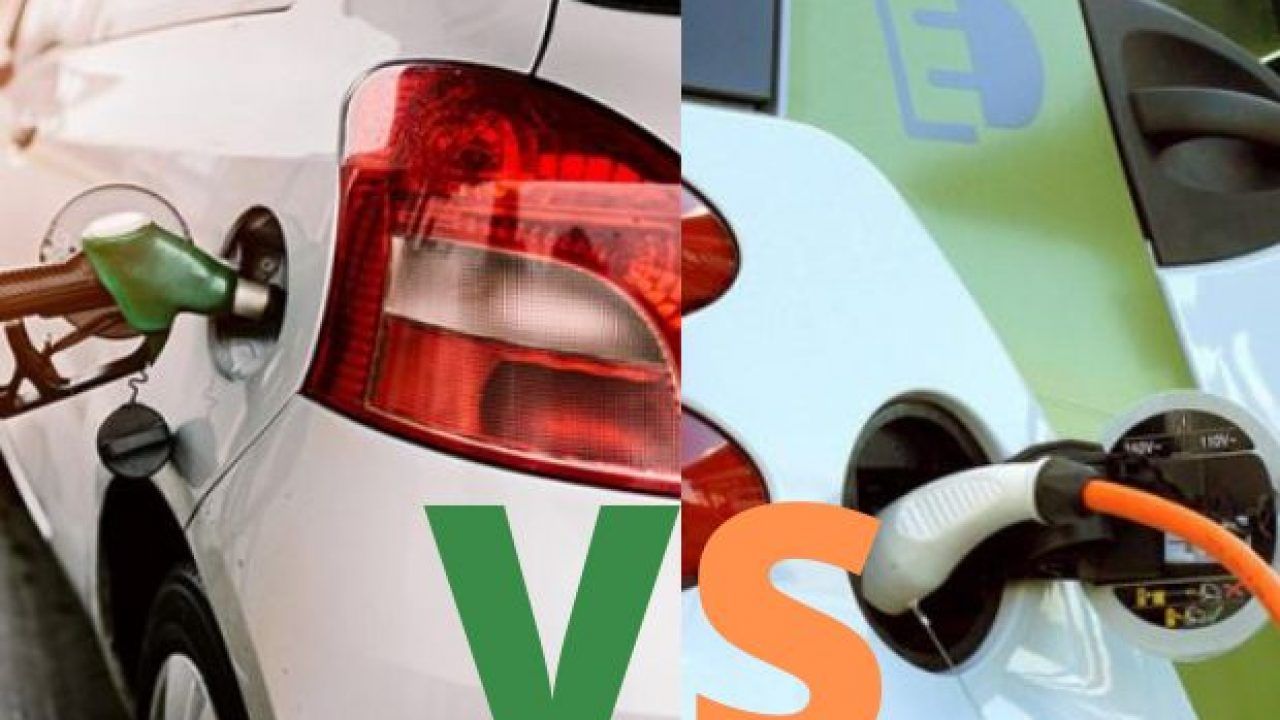
BIO-ETHANOL (BE) Vehicle vs. ELECTRIC Vehicle (EV)
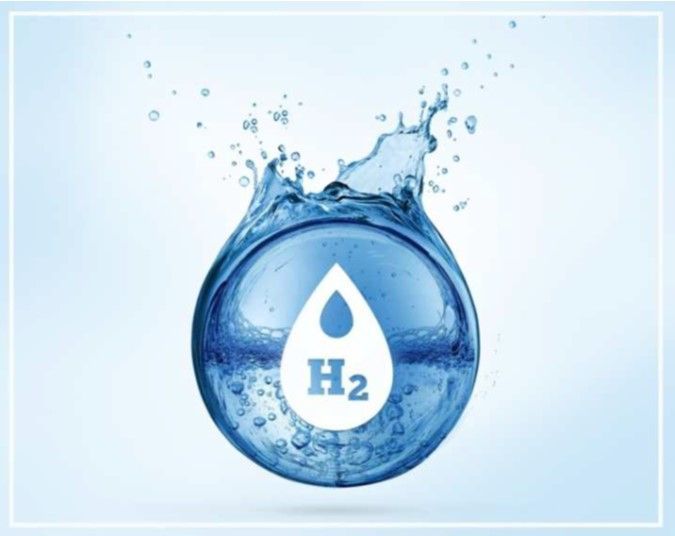
Below are some ways in which bio-ethanol vehicles might be considered better than hydrogen vehicles:
- Infrastructure and Availability: Bio-ethanol can be produced from various biomass sources, such as corn, sugarcane, and other agricultural products, making it more readily available in many regions.
- Cost: The production and distribution of bio-ethanol tend to be less expensive than hydrogen. Hydrogen production, especially green hydrogen, requires significant investment in technology and infrastructure, which can drive up costs.
- Energy Density and Storage: Bio-ethanol has a higher energy density compared to hydrogen, making it easier to store and transport. Hydrogen, being a very light gas, requires high-pressure tanks or cryogenic storage, which can be more complex and costly.
- Compatibility with Existing Engines: Bio-ethanol can be blended with gasoline and used in existing internal combustion engines with minimal modifications.
- Environmental Impact: While both bio-ethanol and hydrogen are considered cleaner alternatives to fossil fuels, bio-ethanol production can utilize waste biomass, contributing to waste reduction and providing a renewable energy source. Hydrogen production, depending on the method, can still involve significant carbon emissions if not produced using renewable energy sources.
However, it's important to note that hydrogen vehicles have their own significant advantages, such as zero tailpipe emissions and the potential for longer driving ranges.



